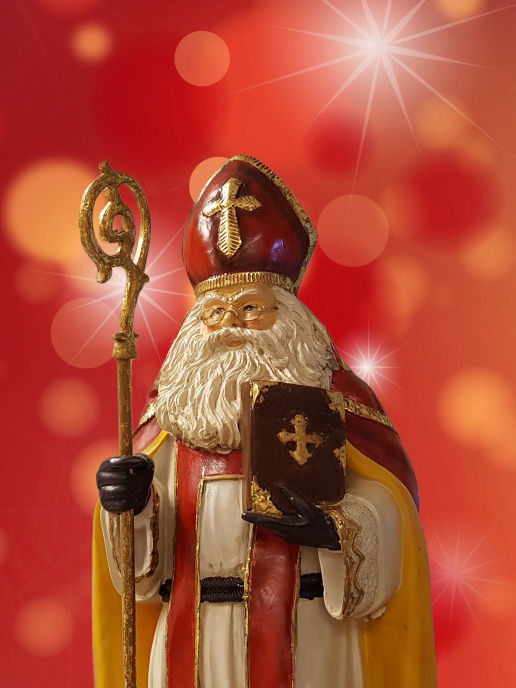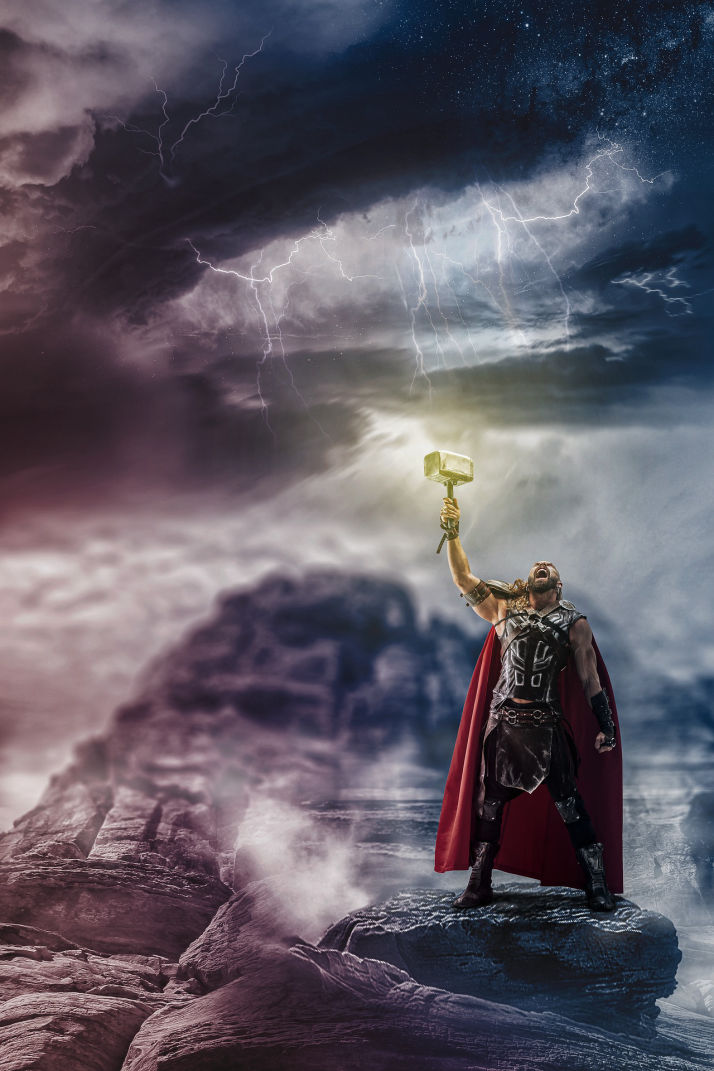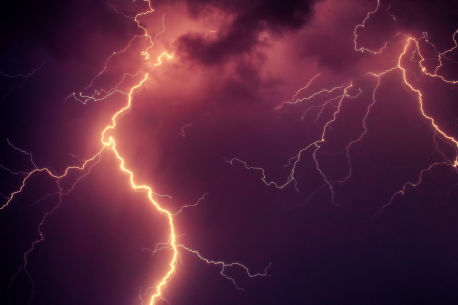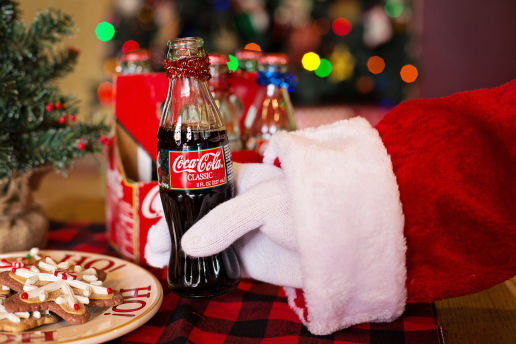Saint Nicholas is believed to have been the 4th century bishop of Myra in Asia Minor (modern Turkey). He is said to have been persecuted and imprisoned for his faith under the rule of the Roman emperor Diocletian. In many countries children receive gifts on December 6 which is called Saint Nicholas Day. This day was chosen because December 6, 343 AD is proclaimed as the day of his death.
Stories tell of the generosity of St. Nicholas in giving gifts to the poor, and even of miracles. Gifts were given secretly by means such as tossing coins through open windows. The source of Nicholas' riches came from a generous inheritance that he received from his parents who died at an early age.
One of the most popular stories about St. Nicholas claims that he gave marriage dowries of gold coins to a godly man's three poor girls who without his help would most likely have ended up in a life of prostitution. Some sources state that this gift of gold was dropped down a chimney, an option he is said to have used when the windows were closed. Another version of this story says that the gold coins were dropped through an open window and some of the coins fell into a boot drying by an open fire. Can you see the connection with leaving out stockings by a fire for Santa to fill.
Another story tells of how St. Nicholas brought back to life three children who had been dismembered and put into a tub of brine.
Because Myra (where Nicholas lived) was a sea port, many sailors heard the story of his generous giving. They took the idea of secret giving to the poor and needy (in contrast to the commercial hype of the modern day Christmas) back to the lands they came from and so the stories of St. Nicholas (true or not) spread all over that part of the world. At the start, people followed the example of giving gifts to the poor in secret but over time, this changed to what we see today.




